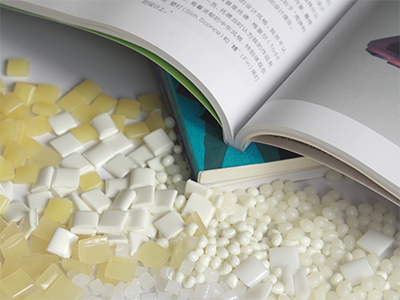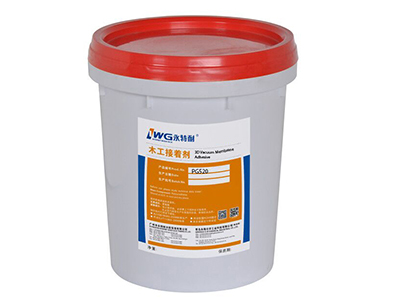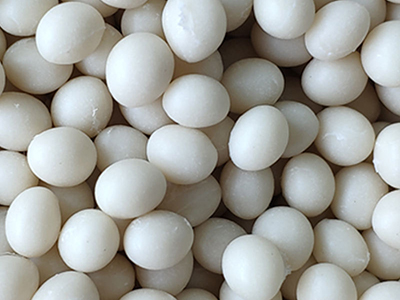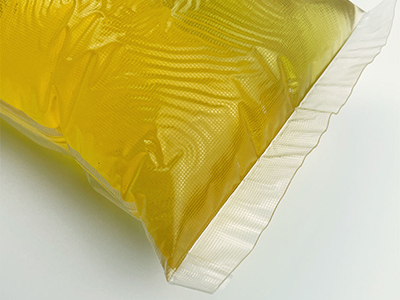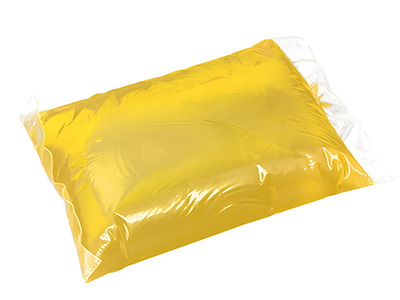There are many binding methods available today, such as PUR (PolvurethaneReactive-polyurethane reaction), EVA (ethylenevinylacetate-ethylene acetate) hot sol, PVA (ethylene polyacetate) cooling emulsion type of different adhesive methods.
In addition, there are various lock-stitch binding and so on. PUR appeared around 1989 and was first tested and applied on a manual binding system in North America. According to National Adhesives, which introduced PUR into the American bookbinding market, this binding process is mainly used by some high-quality books, annual reports, Catalogs, and magazine publications.
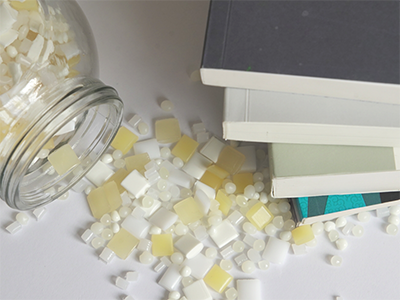
Why use PUR book binding?
Since its inception, the growth rate of PUR is still relatively fast. In 1995, there were only 28 users in North America, and by the end of 2002, there were more than 50 users in use. There are many reasons for PUR to replace commonly used hot sols, the most important of which are its superior adhesive properties and the ability of the PUR process to allow books to fully unfold.
Adhesive PUR is very effective for treating film or paper products with surface lamination and UV coating, which is mainly determined by the polar nature of polyurethane molecules, which can be well combined with the coating layer on the surface to achieve high Quality adhesive effect. Changes in paper grammage, coatings and inks used hardly affect the effect of PUR adhesives, and the new PUR products can firmly bond various types of coated paper together. It is said that the tensile force of paper using PUR is 40%-60% higher than that of ordinary adhesives.
For traditional adhesives, if the ink accidentally flows onto the binding line of books, it will affect the binding quality and cause binding failures, but for the PUR process, these phenomena will not have any impact on binding. The recommended thickness of Super Book Flattening PUR glue is 0.01 inch, which is much softer than standard EVA hot melt, and this property allows PUR bound books to lay flat without hand pressure. For certain types of books, such as instruction manuals, manuals, etc., it is very important to have good spreadability.


